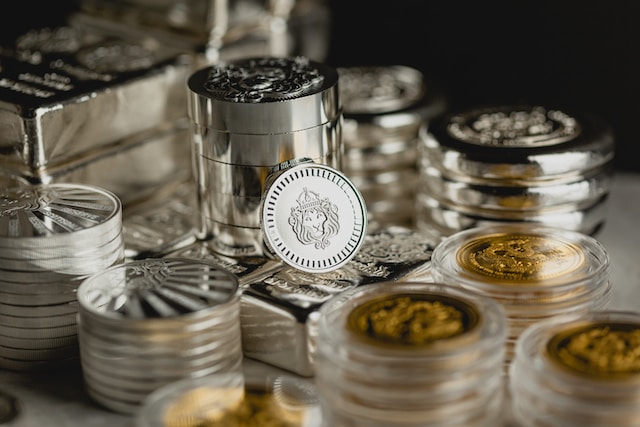The “Silver Thursday” event in 1980, orchestrated by the Hunt brothers, remains one of the most notorious episodes in the history of commodities trading. It involved an attempt to corner the silver market, resulting in unprecedented surges in the price of silver and subsequent market turmoil. While the public is familiar with some aspects of this event, there are untold factors that played a significant role in fueling the Hunt Brothers’ silver craze. In this article, we will explore key factors that contributed to this historic event.
Coordinated Market Manipulation
One untold factor behind the Hunt Brothers’ silver craze was their attempt to manipulate the market through coordinated buying. The Hunt brothers, Nelson Bunker Hunt and William Herbert Hunt, amassed silver contracts on a massive scale, eventually controlling a significant portion of the global silver market. Their collective buying activity caused a spike in silver prices as demand outpaced supply. The Hunts’ goal was to squeeze out short-sellers and drive prices even higher.

Inflation Fears and Monetary Policy
During the 1970s, inflation fears were on the rise. The Hunts saw silver as a hedge against inflation and a store of value amid the devaluation of fiat currencies. They believed that the US dollar could potentially collapse due to excessive money printing and inflationary monetary policies. This perception led the Hunts to accumulate silver as a means to protect their wealth. Their buying spree, driven by inflation concerns and distrust in government-backed currencies, created a self-fulfilling prophecy that sent silver prices soaring.
Regulatory Loopholes and Margin Trading
Another factor that contributed to the Hunt Brothers’ silver craze was the exploitation of regulatory loopholes related to margin trading. Margin trading allows investors to borrow funds to purchase larger quantities of an asset than their initial capital would allow. The Hunts took advantage of this mechanism, leveraging their existing holdings to acquire even more silver contracts.
Margin Calls and Unraveling of the Trade
When silver prices reached historic highs, concerns grew within regulatory bodies and financial institutions. To curb excessive speculation and stabilize the market, exchanges implemented changes to margin requirements. These margin calls required investors to deposit additional funds or liquidate their positions. As the Hunts struggled to meet the margin calls, their trading empire began to crumble. The panic resulted in a rush to sell silver contracts, triggering a sharp decline in prices. Understanding these untold factors behind the Hunt Brothers’ silver craze provides valuable insights into the dynamics of market manipulation, the role of inflationary fears, regulatory loopholes, and the consequences of excessive speculation.




